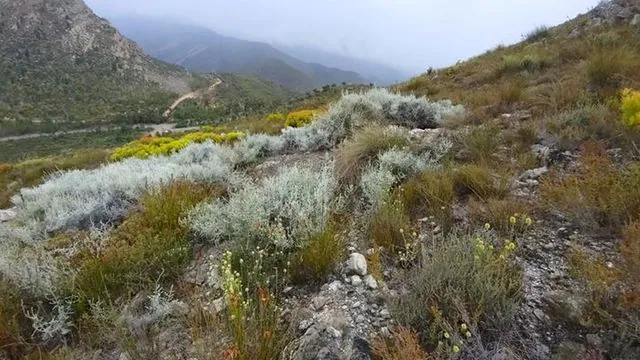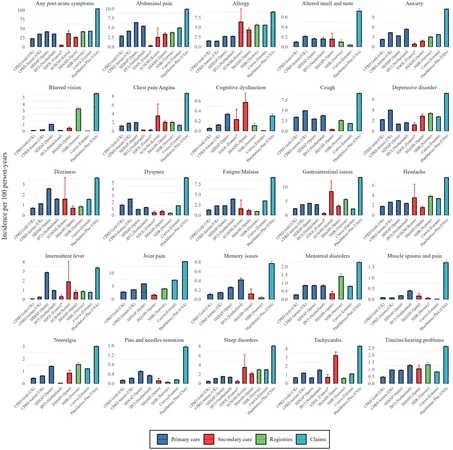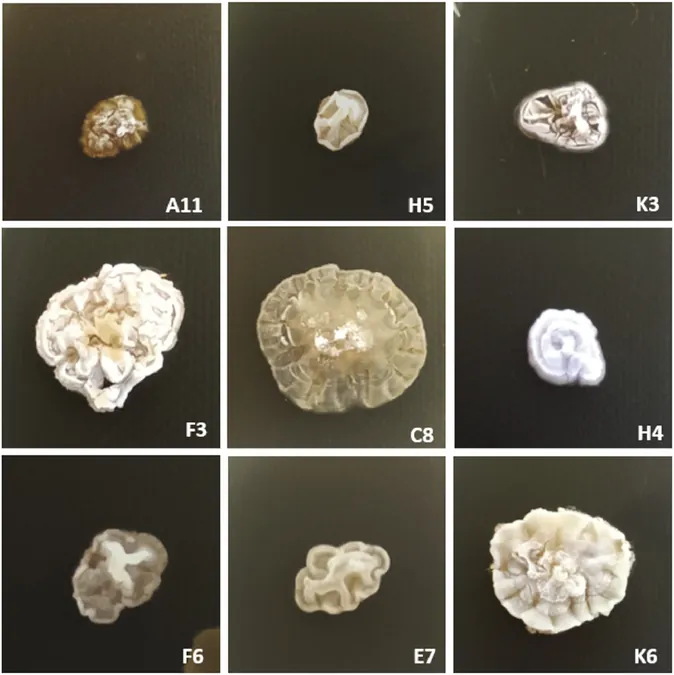
Stunning Discovery: Four New Daisy Species Unveiled Through Advanced DNA Analysis!
2024-11-15
Author: Rajesh
Introduction
In a groundbreaking study from the University of Gothenburg, researchers have unveiled four previously unidentified species of daisies, highlighting the extraordinary potential of modern DNA technology in botanical research. These remarkable findings challenge over two centuries of classification as the new species were found among a group of daisies in South Africa’s Cape Province, where they had been mistaken for already recognized varieties due to their cryptic appearance.
Traditional Classification Methods
For centuries, the methods developed by the renowned 18th-century scientist Carl Linnaeus have served as the foundation for species identification. However, as our understanding of biodiversity deepens, it is becoming increasingly clear that traditional morphological characteristics often fall short in distinguishing closely related species. Presently, scientists estimate there are around 8.7 million species on Earth, with a startling number yet to be classified—especially in regions rich in biodiversity like the Cape.
Importance of Integrative Taxonomy
Zaynab Shaik, the lead researcher behind the study, emphasizes the importance of merging contemporary DNA sequencing with traditional identification approaches. "Classical methods sometimes lead to misidentification, risking both ecological understanding and potential applications in medicine," she warns. The new approach—integrative taxonomy—utilizes extensive genomic analysis alongside classical observation, allowing scientists to construct a clearer picture of the relationships among species.
The Study and Its Findings
The study focused on 66 recognized daisy species that flourish in the Cape Province. While these plants—having been described since 1753—have long been admired for their beauty, their true identities remained elusive. Shaik’s DNA analysis illuminated significant genetic variances between these cryptic species, ultimately uncovering four new names to add to the botanical lexicon.
Broader Implications
“It’s somewhat of an anti-climax when I describe my findings,” Shaik admits. “These daisies have always been cherished, but identifying them correctly opens up new avenues for understanding our biodiversity.” The implications of such research are immense; discovering new species not only enriches our knowledge of flora but also informs conservation efforts and medical research, where the wrong species could lead to ineffective or even harmful outcomes.
Future Prospects of Biodiversity in the Cape
Interestingly, the results suggest that biodiversity in the Cape may be far more extensive than previously believed. Shaik posits, “While it was thought that only 1% of biodiversity remains undiscovered in the Cape, my findings indicate it could be much more. This revelation could extend to other biodiverse regions worldwide, fueling further exploration and research.”
Conclusion
This exciting discovery underscores the importance of adapting our scientific methodologies in the quest to catalog the world’s flora accurately. As technology advances, the potential to unlock more secrets of our planet's diverse ecosystems grows ever larger. Who knows what other surprises nature has in store for us? Stay tuned for more updates as researchers continue to explore the rich tapestry of life that surrounds us!



 Brasil (PT)
Brasil (PT)
 Canada (EN)
Canada (EN)
 Chile (ES)
Chile (ES)
 España (ES)
España (ES)
 France (FR)
France (FR)
 Hong Kong (EN)
Hong Kong (EN)
 Italia (IT)
Italia (IT)
 日本 (JA)
日本 (JA)
 Magyarország (HU)
Magyarország (HU)
 Norge (NO)
Norge (NO)
 Polska (PL)
Polska (PL)
 Schweiz (DE)
Schweiz (DE)
 Singapore (EN)
Singapore (EN)
 Sverige (SV)
Sverige (SV)
 Suomi (FI)
Suomi (FI)
 Türkiye (TR)
Türkiye (TR)